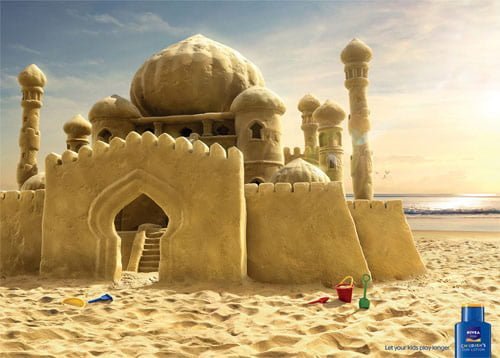The
Rhetoric of a Summer Ad
As most people are at the moment, I am
getting super excited for summer. It is most likely my favorite time of the
year for so many reasons, and it is finally almost here. Personally, I grew up
in Florida so I absolutely love the long, hot fun-in-the-sun filled summer
days. I love spending day after day by the pool or at the beach in my swimsuit.
Not to mention, my birthday is also during the summer. What could possibly be
better?
This week I chose an advertisement that
pertains to sunny, summer days. The ad I chose is for Nivea Skincare products,
particularly their children’s sunblock in this case. There are not many words
used in this ad, so a large image is used to function as effective visual
rhetoric. The only words used in this ad campaign are the ones that make up the
short sentence in the bottom, right corner. It reads, “Let your kids play
longer.” This gets the message across that normally, playing in the sun needs
to be limited by parents in order to protect their children from getting a bad,
painful sunburn that can later turn into skincare. It is saying that with Nivea
Sunscreen, that is no longer the case. When it is being used and applied to the
children’s skin, they will be protected from the sun for more hours than they
ever were before while using other skincare and sunscreen products. But this
message is written in very tiny, plain font, so it is not the main focus of
this advertisement.
The main focus of this ad would have to
be the grandeur image of a giant kingdom made out of sand on a beautiful beach
day. It sets the scene for summer by playing off of nature’s natural beauty, as
well as by showcasing a not so ordinary sand castle. The sand castle featured
here is an example of hyperbole. It greatly exaggerates and overestimates a
child’s ability to form a sand castle while spending a day at the beach. Instead
of the average sand castle that we have all built or at least walked by at some
point in our lives on the beach, it is an enormous palace. It looks extremely
complicated to build and would definitely take an entire day to make, if not
several days. In a way, this ad challenges it audience. It basically says we
will provide you with the sunscreen and skincare products to be able to spend
more time in the sun, now lets see what you can do with that capability.


